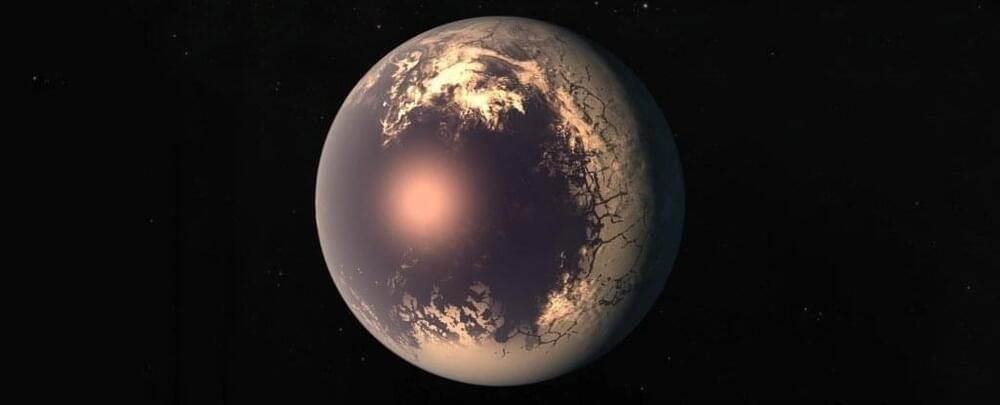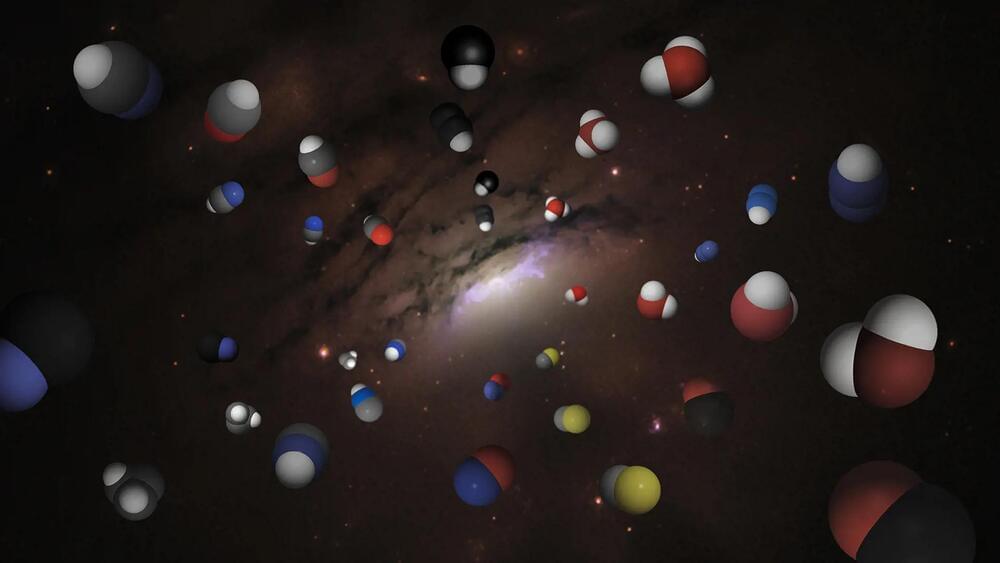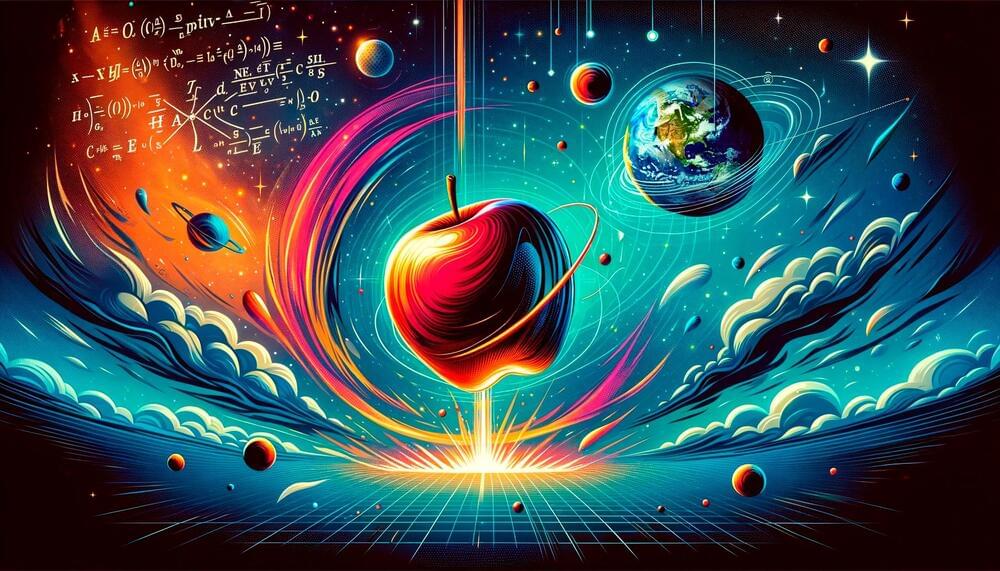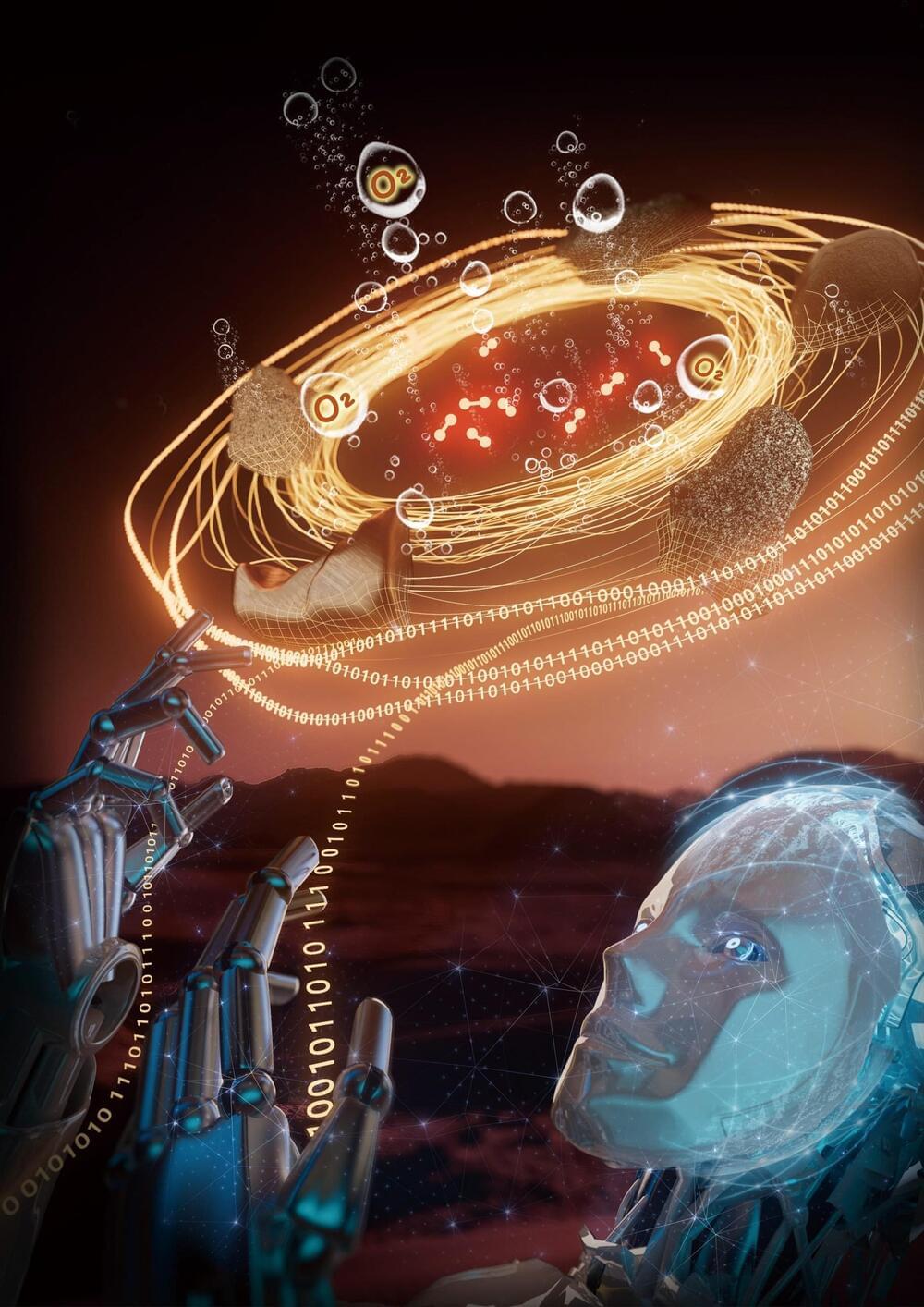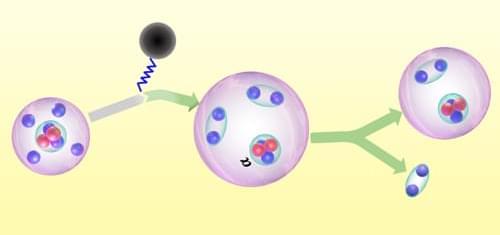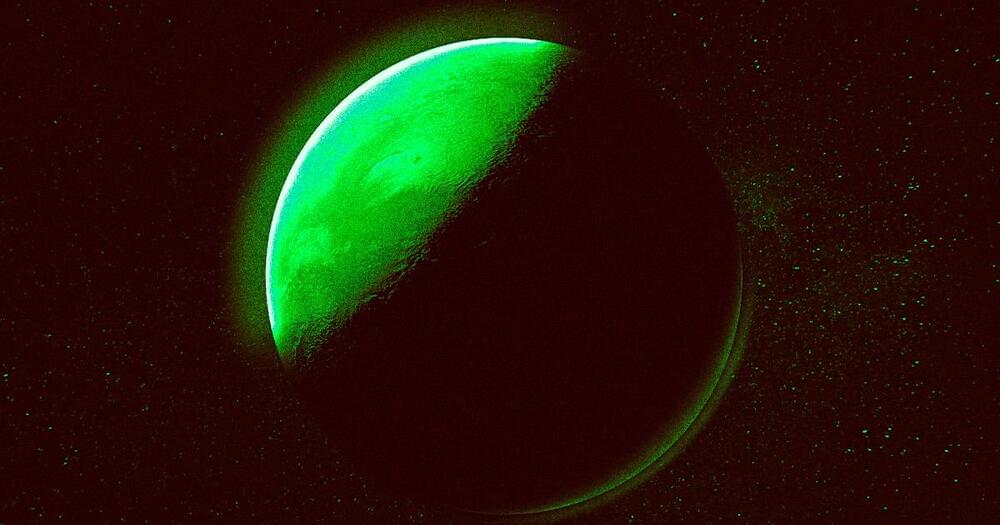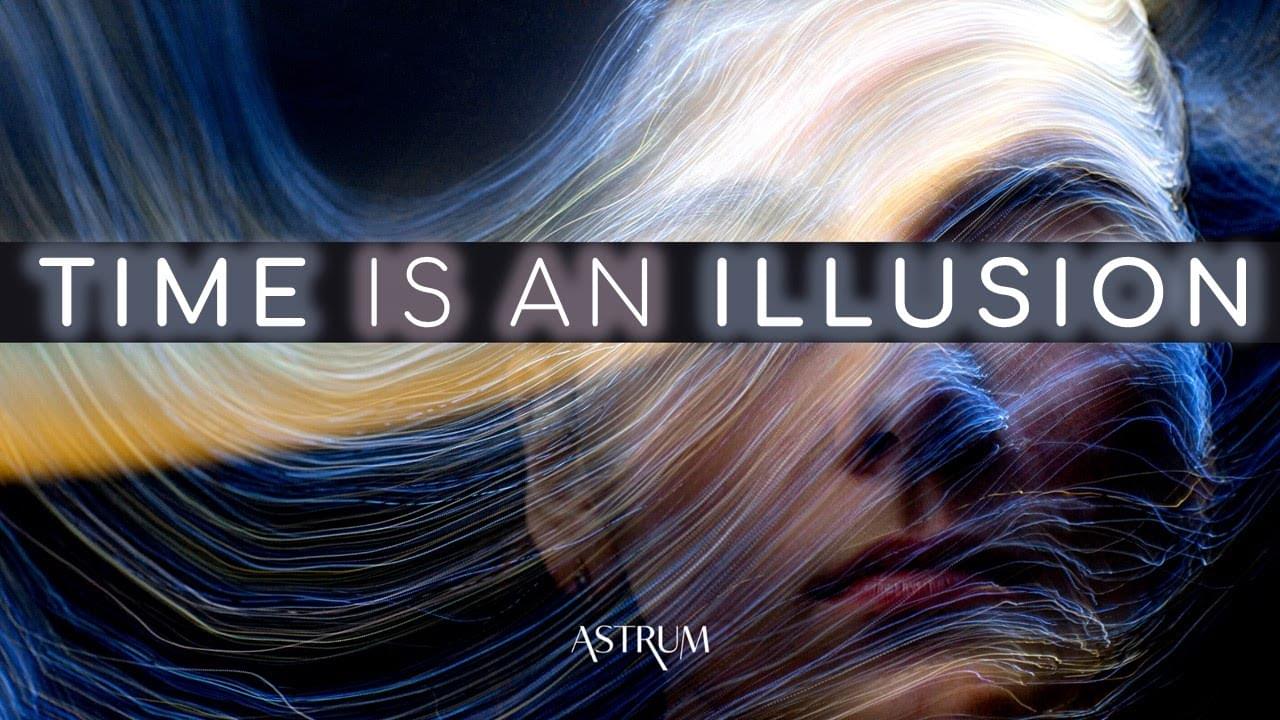Dec 26, 2023
Eyeball Planets May Actually Exist, And They’re as Creepy as They Sound
Posted by Dan Breeden in category: space
You’ve heard of hot Jupiters. You’ve heard of mini-Neptunes. You’ve heard of super-Earths. But have you heard of Eyeball Planets? Yep — planetary scientists think there might be a type of exoplanet out there that looks disturbingly like a giant eyeball. Just sitting there. Staring.
But it’s actually not as weird as it sounds — the appearance of these bodies has to do with tidal locking.
Tidal locking is when an orbiting body rotates at the same rate that it orbits. That means it always has one side facing the body it is orbiting, and the other side always facing away. The Moon, for instance, is tidally locked to Earth, that’s why we never see its far side from here.
